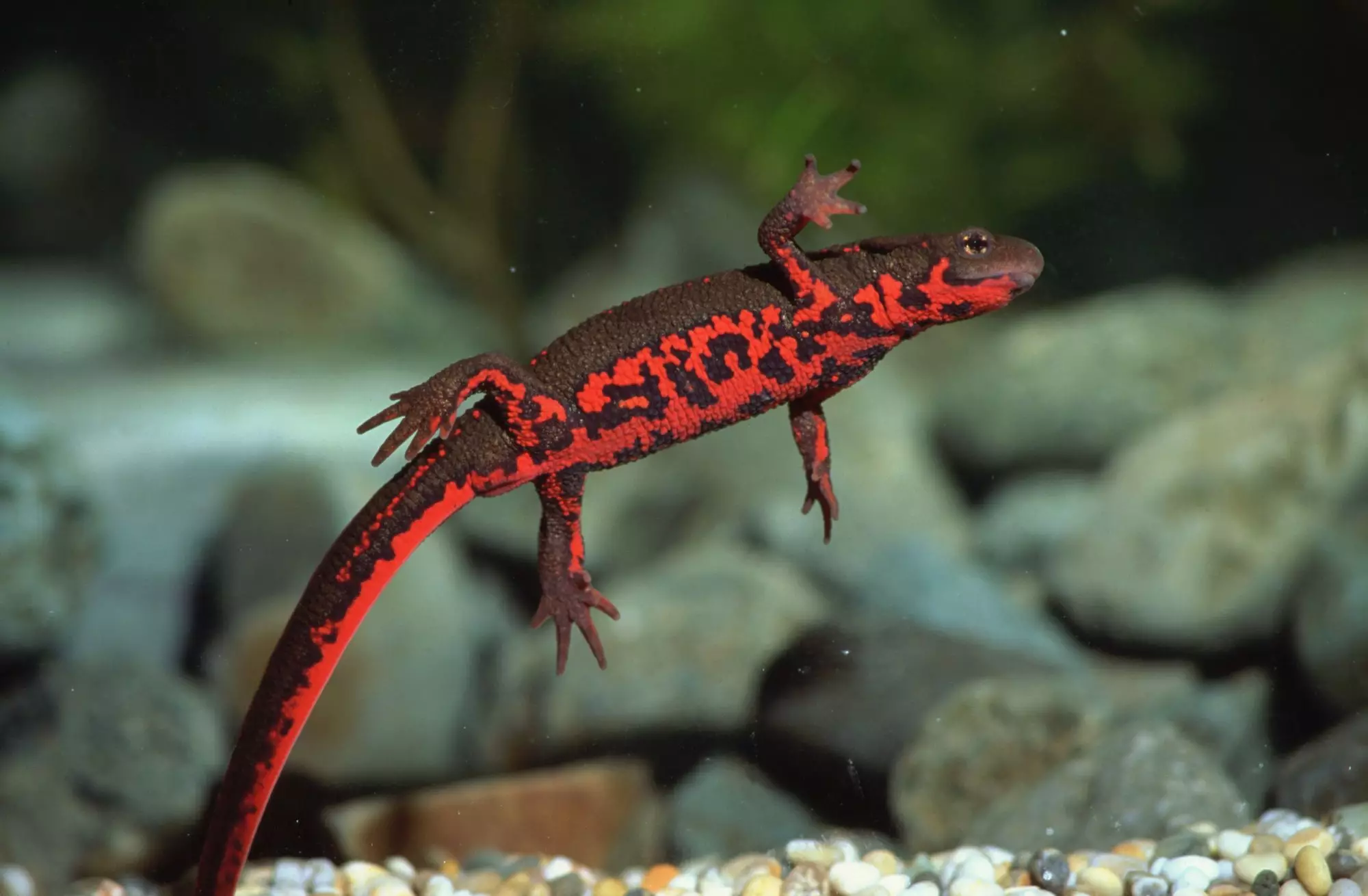Fire belly newts, specifically Cynops orientalis (Chinese fire belly newt) and Cynops pyrrhogaster (Japanese fire belly newt), have carved a niche for themselves in the pet market due to their striking appearance and relatively uncomplicated care needs. Adorned with vivid orange-red markings on their bellies, these amphibians captivate both novice pet owners and seasoned herpetologists alike. Originating from various water bodies across China and Japan, they thrive in environments that closely mimic their native habitats. In engaging with these delightful creatures, potential pet owners must be informed about their specific needs to ensure a healthy and robust lifestyle.
The allure of fire belly newts starts with their fascinating natural habitats, which include low to moderately elevated regions around calm waters. This ecological preference emphasizes the necessity of replicating their environment authentically in captivity. A well-thought-out aquarium setup that includes both aquatic regions and a dry basking area is essential for emulating their natural surroundings. While they do not require a massive enclosure, the water quality and volume are critical for their wellbeing. A standard 20-gallon aquarium can comfortably house a small group of these newts, providing them adequate space to thrive.
Initially, fire belly newts may display shyness upon entering new environments, often taking time to acclimatize. However, once comfortable, they become more active and entertaining, exhibiting nocturnal behaviors that can be both amusing and mesmerizing to observe. Their nighttime antics might not suit all living situations; for instance, placing the tank in a bedroom could lead to disturbances during the depths of night. Understanding their behavioral patterns enhances the overall pet-keeping experience.
While they are generally non-aggressive and can coexist peacefully with others of their species, it’s crucial to remember that their skin contains toxins designed as a defense mechanism against predators. As such, handling these newts is discouraged, especially in homes with small children or pets. Ingestion of their secretions can lead to severe health risks, highlighting the necessity of careful and informed interaction with these animals.
To provide an ideal habitat, it is imperative to focus on the specifics of the tank setup. Fire belly newts prefer cool environments, ideally between 62-68 degrees Fahrenheit. Temperatures exceeding 75 degrees can induce stress, making proper temperature regulation vital. Utilizing features such as air-powered corner filters and natural decor like moss, rocks, and plants can enhance both the aesthetic and functional qualities of their home.
The layout of the tank should include a sloping gravel substrate to facilitate their movement between land and water. Smooth decorations, such as rounded rocks or driftwood, serve as important hiding spots while promoting a sense of security for the newts. Additionally, regular water maintenance is vital; changing a portion of their tank water every week or two helps in preventing the buildup of harmful bacteria and ensuring a clean residence.
When it comes to feeding fire belly newts, they are typically not picky eaters, though it may take time for owners to discover their preferences. Common dietary staples include live or frozen bloodworms, daphnia, and even small earthworms. A mix of high-quality pellets may also be beneficial but should not be the sole source of nutrition. Observing feeding habits over time helps determine optimal quantities and frequencies—usually every two to three days depending on their activity levels and body condition.
Caution is required to avoid overfeeding, as leftover food can quickly contaminate the water and lead to health complications. Maintaining vigilant observation of their dietary habits contributes significantly to their overall health and longevity.
Regular monitoring of fire belly newts is essential to preventing health-related issues, which can often stem from subpar tank conditions. Routine checks for skin lesions, signs of stress, or unusual behavior should become a habit for pet owners. If any abnormalities manifest, prompt action should be taken, which often includes contacting a vet with experience in amphibian care.
As with all pet ownership, acquiring fire belly newts should be done through reputable breeders or rescue organizations, ensuring the well-being and ethical treatment of these intriguing amphibians. Paying attention to their health, appearance, and behaviors is the key to enjoying many years with these captivating pets.
Ultimately, the charm of fire belly newts lies not only in their striking aesthetics but in the rewarding experience of caring for such unique creatures. By mimicking their natural habitat, paying attention to their dietary needs, and ensuring a safe environment free from contamination, new pet owners can effortlessly provide the care necessary for fire belly newts to thrive. With their beautiful coloration and intriguing behavioral patterns, fire belly newts can serve as both fascinating pets and educational tools, introducing their keepers to the wonders of amphibian life.

